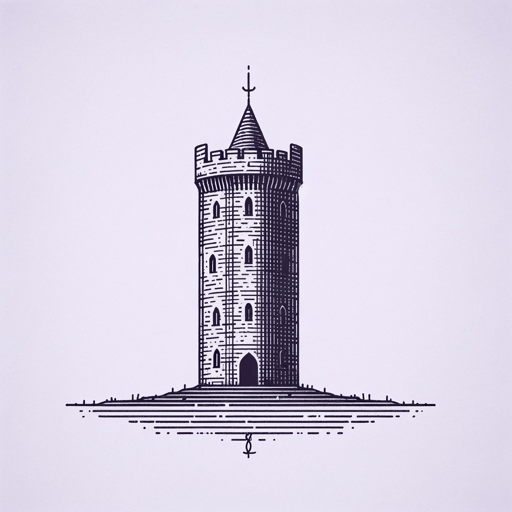17 pages • 34 minutes read
Thomas HardyChannel Firing
Fiction | Poem | Adult | Published in 1914A modern alternative to SparkNotes and CliffsNotes, SuperSummary offers high-quality Study Guides with detailed chapter summaries and analysis of major themes, characters, and more.
Further Reading & Resources
Related Poems
"Drummer Hodge" by Thomas Hardy (1899)
Possibly Hardy’s most famous poem about warfare, “Drummer Hodge” tells the story of the burial of a soldier named Hodge, a drummer in the British army during the Second Boer War in 1899. In contrast with “Channel Firing,” “Drummer Hodge” is much more solemn, with no trace of humor or satire, as it is primarily concerned with a soldier who died very far from his home. The bleaker tone and more complex diction of this earlier work reflect Hardy’s previous associations with the literary movement known as Realism that was still in vogue at the end of the 19th century when he wrote the poem.
"Anthem for Doomed Youth" by Wilfred Owen (1917)
Written in the fall of 1917 while recovering from shellshock, Wilfred Owen’s “Anthem for Doomed Youth” is one of the most pivotal poems of World War I. The poem is a lament to the young soldiers who perished during the war, describing some of the bloodiest battles and the funerals that followed. A take on the Petrarchan sonnet, the poem flips the classic form traditionally reserved for love on its head by describing instead the violence of war and the deadly quiet that follows in its wake.
Related Titles
By Thomas Hardy

Ah, Are You Digging on My Grave
Thomas Hardy

At an Inn
Thomas Hardy

Far From The Madding Crowd
Thomas Hardy
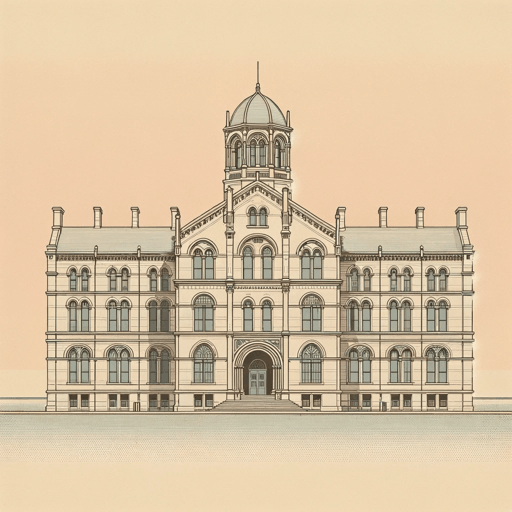
Jude the Obscure
Thomas Hardy
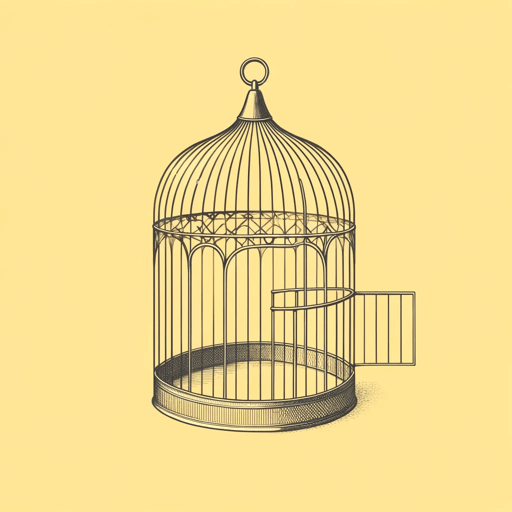
Tess of the D'Urbervilles
Thomas Hardy
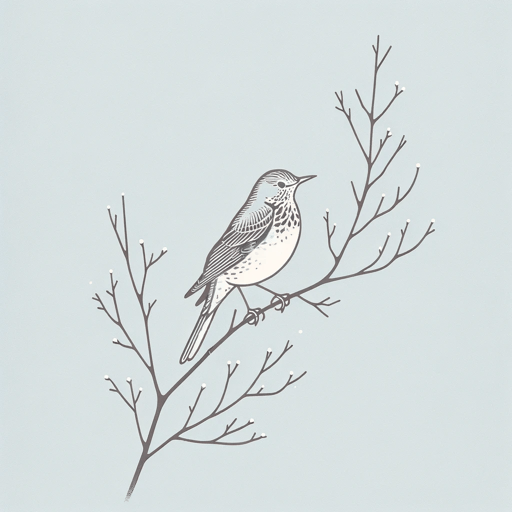
The Darkling Thrush
Thomas Hardy
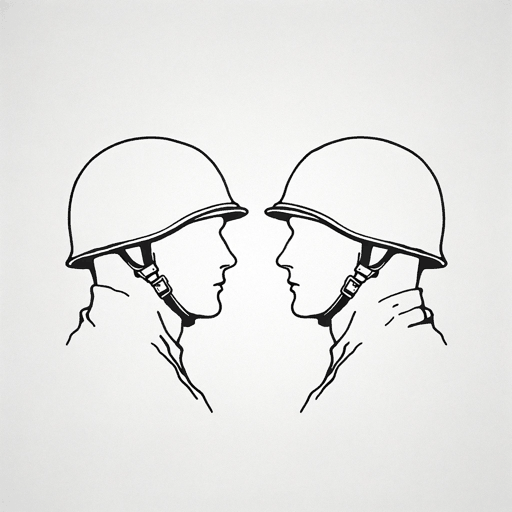
The Man He Killed
Thomas Hardy
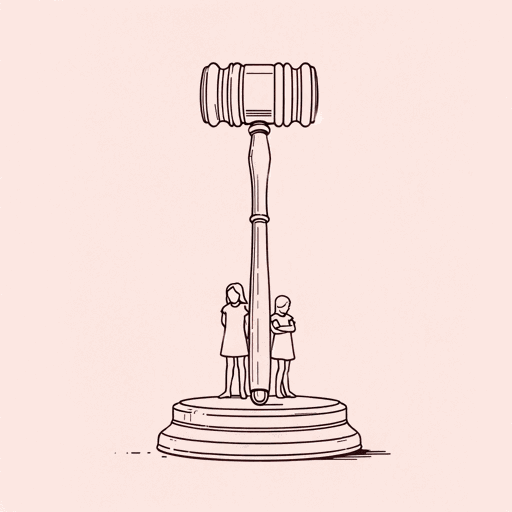
The Mayor of Casterbridge
Thomas Hardy
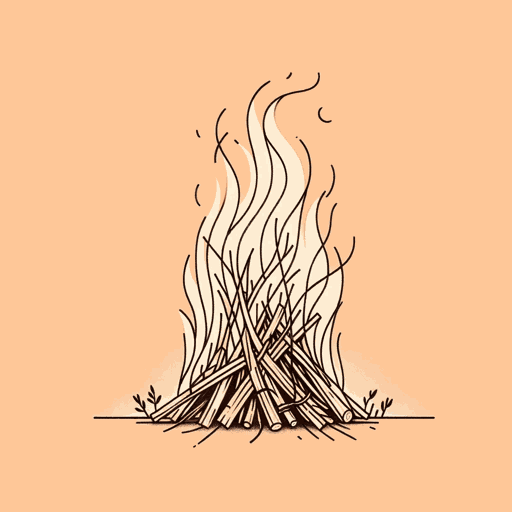
The Return of the Native
Thomas Hardy

The Withered Arm and Other Stories
Thomas Hardy

The Woodlanders
Thomas Hardy
Featured Collections
Christian Literature
View Collection
Memorial Day Reads
View Collection
Military Reads
View Collection
Poems of Conflict
View Collection
Romantic Poetry
View Collection
Satire
View Collection
Short Poems
View Collection
Victorian Literature
View Collection
Victorian Literature / Period
View Collection
War
View Collection
